This article is more than 5 years old.
View of Mount Rainer from Tacoma
I attended the Guild of BookWorkers Annual meeting (which is called the Standards of Excellence Seminar) from October 25th-28th in Tacoma, WA.
Artists book by Mare Blocker
When I arrived, I visited the University of Puget Sound Collins Memorial Library, where I met with Librarian Hilary Robbeloth and Director Jane Carlin. They gave me a personal tour of their book arts exhibit which included a show by local artist, Mare Blocker and items from their Special Collections and the Seattle/Tacoma Book Arts Guild.
Poetry broadside by Mare Blocker
The following day, I toured the University of Washington Conservation Lab and Special Collections in Seattle. Our time in Special Collections included a tour by SC Librarian, Sandra Kroupa who described her work and their collections.
Sandra Kroupa presenting artists books in the UW collection
In the UW Conservation Lab, their staff was stationed around the lab to describe their work. I was most intrigued by their method of creating encapsulations. They actually sew two sheets of mylar together using a sewing machine and polyester thread instead of using double-faced tape. This superior method is one I hope we can introduce in ZSR for our Special Collections & Archives.
Encapsulations which are sewn from the UW collection
On Friday, “Standards” began in earnest. The first demonstration was by Aimee Lee, who earned a year-long Fulbright in Korea learning to make Korean paper, called Hanji (“Han” = Korean and “Ji” = paper). Aimee’s book, Hanji Unfurled tells the story of her year in Korea. Hanji is used in every way as paper, but also is transformed into a paper cord, Using this paper cord, Koreans traditionally made furniture, baskets, shoes, umbrellas and military armor.
Aimee Lee
The paper-making process begins with harvesting mulberry (kozo) bushes in winter. The bark is then removed and the woody part is beaten into pulp. Hibiscus roots are cooked and added to the pulp along with ashes to make the mixture pH-neutral. The resulting paper is couched on screens and dried. It is then twined by hand into cords. Aimee also repeated what I had read in her book: the Koreans invented metal movable type a century before Gutenberg. It’s true!
Suzanne Moore
Suzanne Moore, calligrapher and book artist demonstrated her processes for creating her artists book Zero: Cypher of Infinity (2014). This book was partially an attempt to make sense of her family life and like itself with questions like: where did we come from? and what’s out there in space? Suzanne’s wonderfully vibrant book was full of techniques, which she demonstrated, such as: using stencils, coloring paper with acrylic, silkscreening, using a gesso resist and pastel. She also created methylcellulose lettering, which she allowed to dry and used as a resist to sponged on acrylic later.
Zero: Cypher of Infinity
Gabrielle Fox
On Saturday morning, Gabrielle Fox demonstrated her “floating spine” binding. Gabrielle has been a fine binder for over 20 years in Cincinnati and is an active teacher. Her binding involved creating a leather binding, to which she sewed in her text block after the binding was made: what a fascinating technique.
Floating spine binding
Don Glaister
The final presentation was on gold tooling by Don Glaister. Don has been a binder since the 1970’s after studying in the U.S. and France. He is currently the Director of Fine Binding at the American Academy of Bookbinding in Telluride, CO. Don demonstrated each step in process of tooling leather and preparing it for gold leaf. This process involves transferring a drawing to the leather, blind tooling the leather over a paper pattern, applying Fixor (a shellac based mixture) to hold the gold leaf on the leather and finally applying the gold leaf.
Tooling gold onto leather
This was a fabulous experience which left me with ideas on additional processes in Preservation, my letterpress work and my Writer’s Camp bindings.


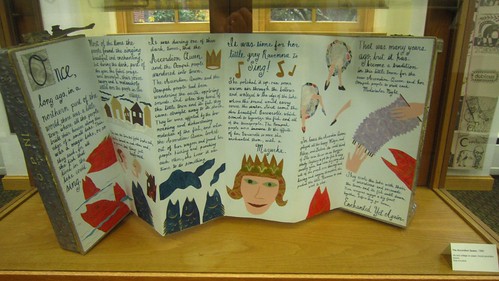
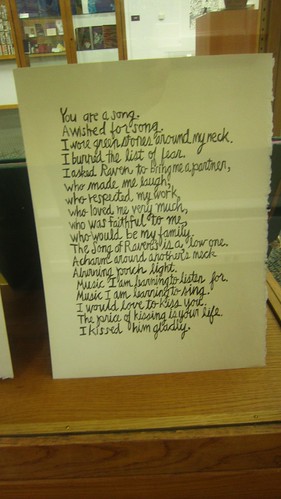
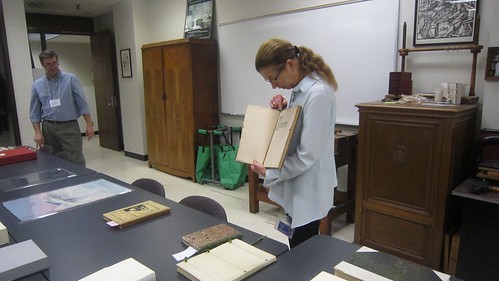
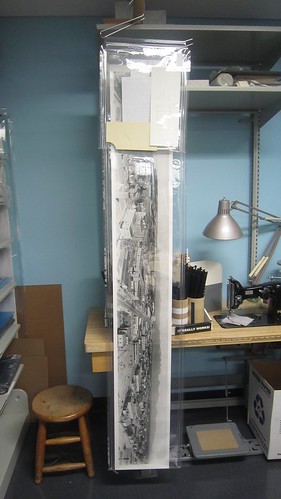
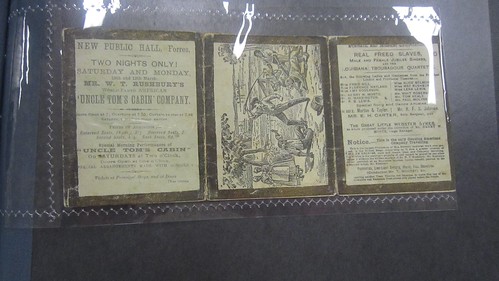
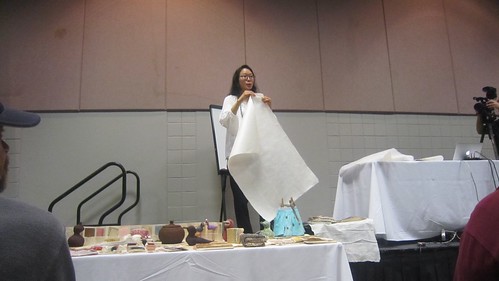
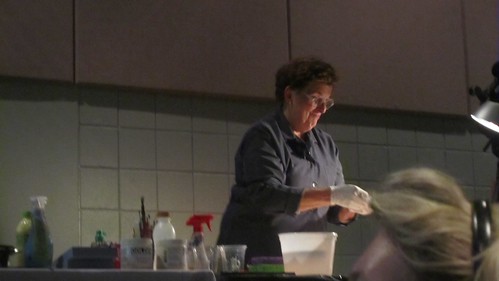
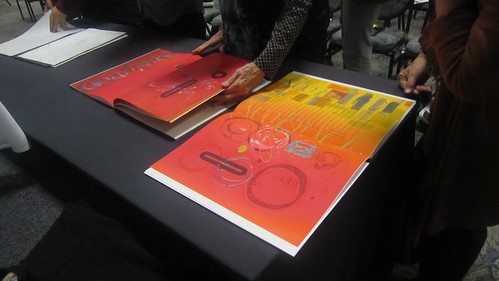
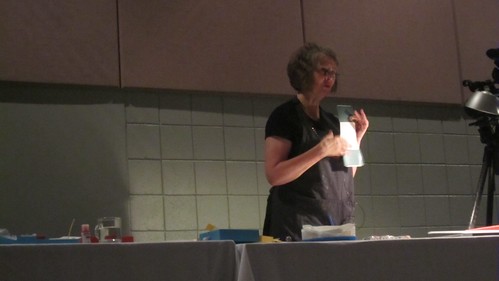
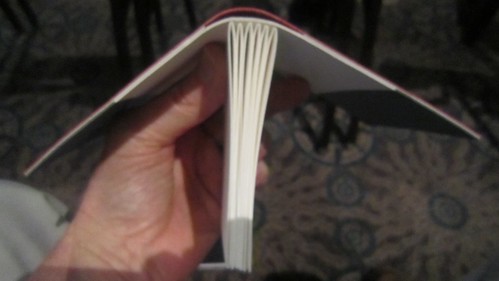
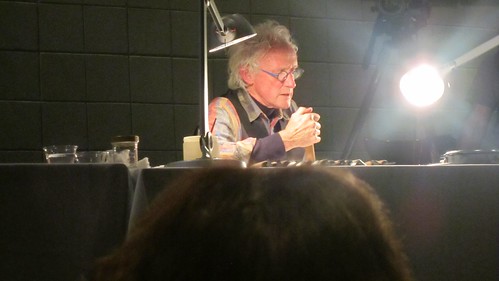
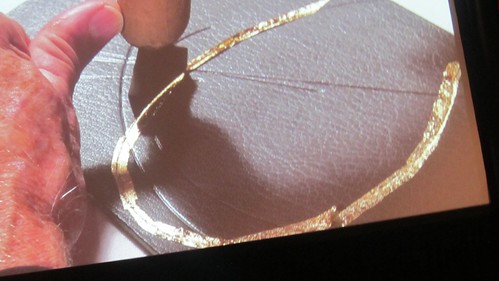
11 Comments on ‘The Guild of Book Workers Standards of Excellence Seminar – Tacoma’
This sounds like it was a fascinating conference! Should I be watching for a purchase request for a sewing machine? 🙂
Thanks, Craig, this sounds like such a valuable experience!
Very cool stuff, Craig! the encapsulations seem like a great way to preserve items, save space and still access those items! Thanks for the great pics as well!
Awesome report!! I shared it with Robin. Thanks!
Beautiful photos – sounds like an inspiring experience! I’d love to hear more about Aimee Lee’s presentation on Hanji!
WOW ! This looked liked like a great workshop/conference. I really appreciated the photographs. To quote Rod Stewart “every picture tells a story don’t it”.
Craig, you might already know about Mark Kurlansky’s book, _Paper: Paging Through History_, but if not, I think you’d find more fascinating facts about paper-making like some you mentioned in this post! Thanks for sharing what you learned.
Your love for this work comes through so clearly in this post, Craig! Thanks for sharing!
Everything about this is just amazing. Thank you for sharing, Craig!
This is really good information on a subject we all should know more about. I love the photos too! What a nearly lost art. Thanks for keeping it alive.
Thanks so much for writing this, Craig! Looks like it was wonderful, and very inspiring. How can I see pictures of your Writers Camp bindings?